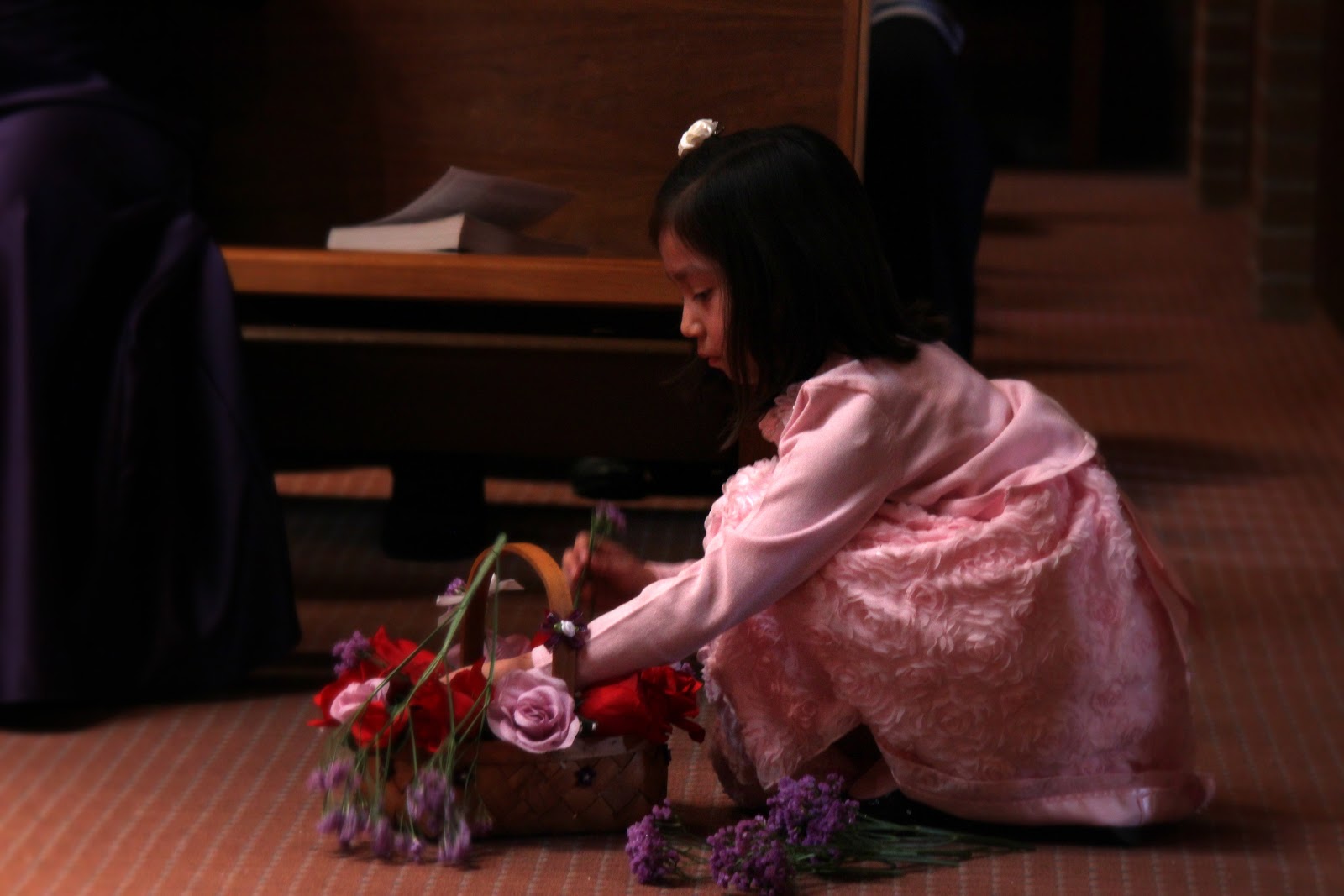On Friday morning, I had only barely recovered from a withering bout of bronchitis, when I boarded a plane for Cleveland, Ohio. My friends invited me to attend a cultural gathering that included people from the Anishanaabe, Cree, and other tribes.
Ironically, a major portion of the gathering happened just a few miles down the road from the Kirtland Temple.
The Kirtland Temple was the first such structure built by Joseph Smith and the Latter-Day Saint movement. The early Mormon saints carved the temple from the wilderness in the early 1830's when that portion of the state was still relatively wild and heavily wooded. Despite their own poverty, they sacrificed their material comfort to build a suitable house of worship. The temple was dedicated in 1836 amid an outpouring of spiritual manifestations.
This was also a place of spiritual irony. Scarcely a generation before the Mormons took refuge in Kirtland, the Native American tribes of the Ohio region were devastated by the invasion of land-hungry settlers. Ohio became a state in 1803, but a few scattered survivors remained until the Indian Removal Act of 1830. The decline of Indian civilizations overlapped with the rise of Mormonism and the American frontier.

Kirtland also represents a mystical, charismatic version of Mormonism from a bygone era. The early saints embraced a revolutionary faith that challenged conventional orthodoxies and dared to suggest that ordinary people had access to the divine through direct, personal experience. On the day of the temple dedication, people reported seeing angels walking on the rooftop. Some heard the sound of a rushing wind, while others spoke in tongues. The most faithful even reported seeing Jesus standing in bodily form on the breastwork of the pulpit. This was a youthful, exuberant faith, still untouched by the bureaucracy that would eventually transform the modern church into an institution defined in part by its uniformity and doctrinal conservatism.
How strange to think that the people and events of Kirtland began a movement that changed the world, a movement that would eventually affect my family, my children, and my community.
Finally, this last photograph is actually my favorite of all the ones I took that day. Unlike the idealized, picture-perfect renditions of the temple from official church publications, this photograph shows the temple in its natural setting - crowded by asphalt, the cacophony of passing cars, and a tangle of electrical wires. Here the ineffable and the mundane exist side by side, each one touching the other.











































